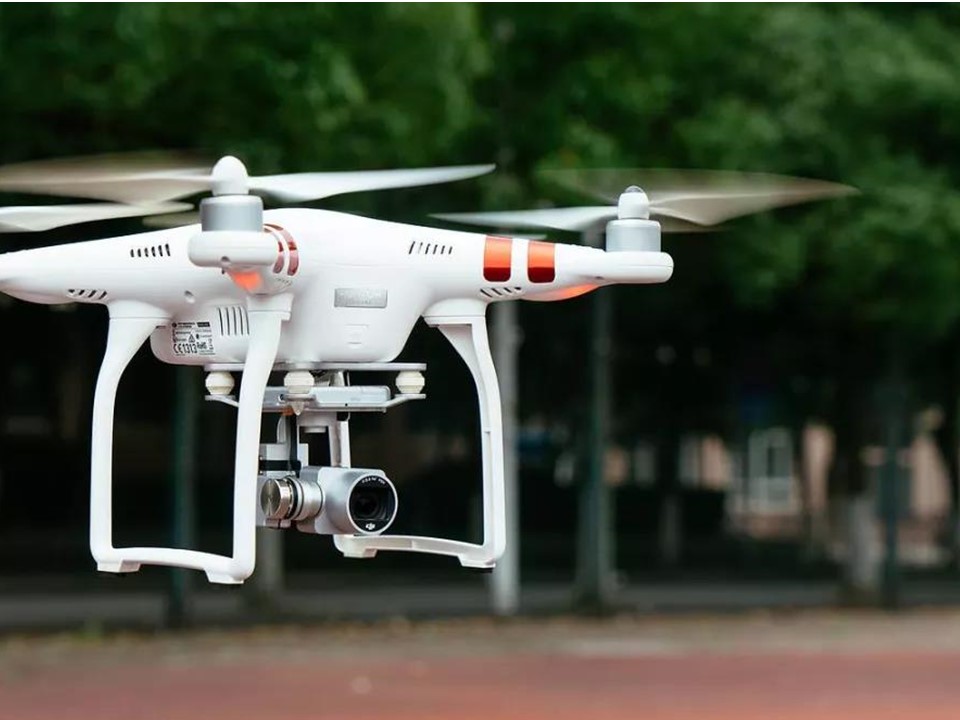



On June 28, 2023, the State Council and the Central Military Commission of China jointly issued the Interim Regulation on the Administration of the Flight of Unmanned Aircraft (hereinafter referred to as "the Regulation"), which consists of 63 articles in 6 chapters. The Regulation will come into force on January 1, 2024.

The Regulation is the first in China to comprehensively regulate the flight management of unmanned aircraft It clarifies the management system, objects, and contents, and legalize the classification, scope, authority, procedures and responsibilities for this field. It also provides important compliance basis for high-quality low-altitude safety management. The main contents of the Regulation include:
· Accelerate the formation of a strong supporting standard system.
The Regulation strengthens the top-level design for unmanned aircraft management on multiple links including R&D, production, use and other links. Regulators would include involving the General Administration of Civil Aviation of China, Ministry of Public Security, Ministry of Industry and Information Technology, State Administration for Market Regulation, and other state authorities. It is formulated on the basis of a series of standards that have been implemented, including GB/T 38931-2020 General Requirements for Safety of Civil Small and Light Unmanned Aircraft System, GB/T 38909-2020 Electromagnetic Compatibility Requirements and Test Methods for Civil Small and Light Unmanned Aircraft System and GA/T 1411-2017 Police Unmanned Aircraft System etc. The regulation will further promote the development of a safety control system for the standard system construction on R&D, production, and use of unmanned craft, and facilitate a standardized and orderly market development.
· Promote the construction of an integrated supervision and service platform for unmanned aircraft.
According to the Regulations, the national regulators on air traffic management shall coordinate the construction of an integrated and comprehensive supervision and service platform for unmanned aircraft and implement dynamic supervision and service for unmanned aircraft throughout the country.
· Strengthen flight airspace and activities control.
Low-altitude airspace is an important strategic resource for all countries. It is also the airspace closest to the surface, which contains huge economic, national defence and social value. The Regulation stipulates that the state, on the premise of ensuring safety, shall actively innovate systems for airspace supply and use. The provisions also state that airspace control for unmanned aircraft should be based on needs, and other airspace outside the controlled scope are suitable airspace for micro, light and small unmanned aircraft. Such measures will effectively release airspace resource while regulating organization and implementation of flight activities. The Regulation provides legal basis for the unmanned aircraft management.
· Regulate the control for countermeasures equipment of unmanned aircraft.
The management measures for the installation, configuration, use and authorization of countermeasure equipment shall be formulated by involving the General Administration of Civil Aviation of China *(CAAC), Ministry of Public Security (MPS), Ministry of Industry and Information Technology (MIIT), State Administration for Market Regulation (SAMR) in conjunction with other relevant state departments and military organs. The MIIT and the SAMR have led the formulation of supportive regulations and standards on the R&D and production of unmanned aircraft countermeasures equipment. Regulations and standards like the use and equipment management, together with the conformity assessment like the testing and certification of countermeasures equipment are under development by the MPS. All supportive measures aim to standardize all aspects of production and use, and effectively avoid adverse effects on civil aviation and important national communications facilities due to the improper use and configuration of countermeasures equipment.
If you have any questions or need more information on the topic, please contact: assitant@bestao-consulting.com


